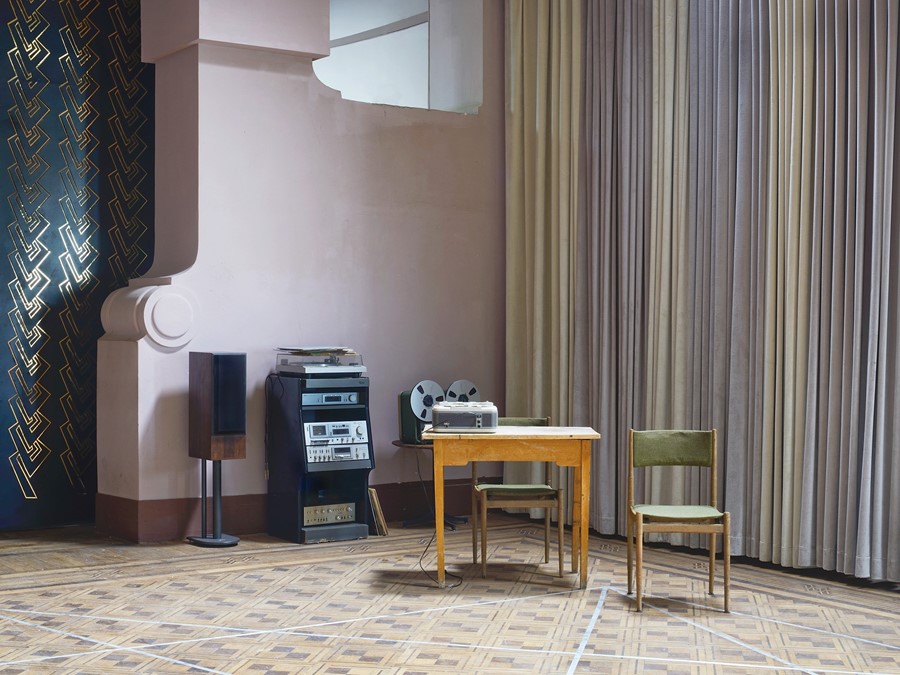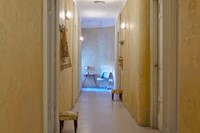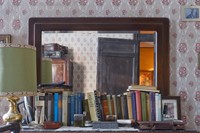As the Italian film-maker’s homage to Dario Argento’s Suspiria hits cinemas, a look at the film’s pared-back – but no less horror-filled – interiors
One of the key takeaways of Dario Argento’s cult movie Suspiria is that it is very, very red. Sit through a late-night television broadcast or special cinema screening of the super-saturated 1977 classic, and, when it’s over, it’s likely you’ll feel as if the vivid (and, in the context, somewhat disconcerting) hue has been burnt onto your retinas – as it seeps into your peripheral vision long after the film finishes.
Luca Guadagnino’s remake of – or rather homage to – the original, on the other hand, is decidedly less intense in its colour palette, thanks in no small part to its gloomy 70s-Berlin setting, its uniquely understated costumes, and the pared-back, Modernist interiors of the Markos Dance Academy, where most of the grisly action takes place.
It’s likely you’re familiar with the story by now – wide-eyed dancer Susie Bannon (Dakota Johnson) flies across the world to Kreuzberg to audition for a place at the revered institution, and is accepted into its fold instantaneously. Things take a turn for the sinister, though, as the film unfolds, and it’s revealed that the school’s teachers, and the vast majority of its students, are all part of a coven of murderous witches.
Where Argento amped up the film’s terrifying qualities through its intense colour palette and psychedelic Goblin soundtrack, director Guadagnino, costume designer Giulia Piersanti, and production designer Inbal Weinberg had something altogether more subtle in mind – which, if anything, serves only to exaggerate the fervently mounting horror throughout.
“The original 1970s Suspiria is, of course, an iconic film with a very stylised look and colour scheme, but it’s so specific to its time and too unique to recreate,” explains Weinberg of the decision to dial down the film’s interiors. “Luca and I agreed that this version should have a realistic quality to it, and we wanted to juxtapose that realism with the supernatural elements that are slowly exposed in the film. We felt the more authentic the environment, the scarier it would be when things start going wrong.” And oh, how wrong they go.
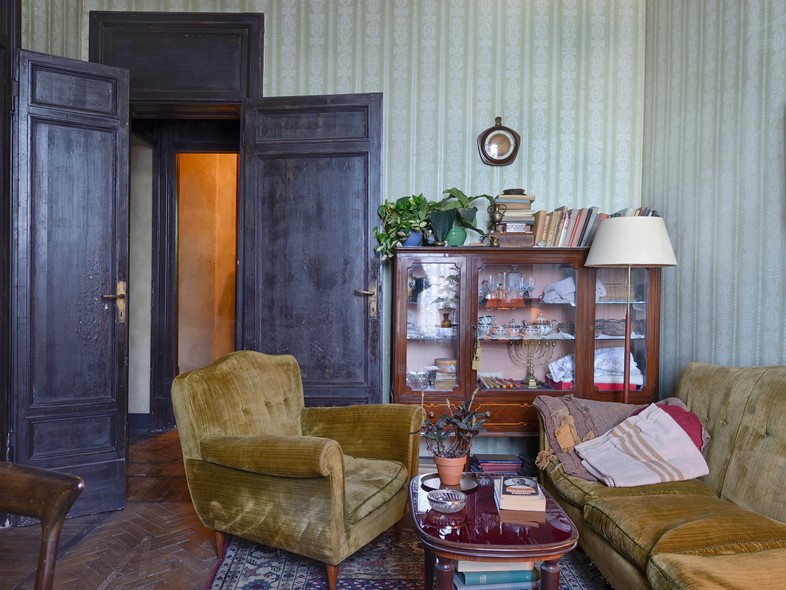
While many of Suspiria’s outdoor and exterior shots were filmed on location around the German capital – particularly in Kreuzberg itself, where the team sought out unchanged buildings that evoked an authentic feeling of Cold War-era Berlin – the interior of the Markos Academy was actually that of the formerly grand, but largely dilapidated Hotel dei Fiori in the North of Italy.
Having rebuilt much of the hotel from the ground up in an effort to give the space a “sparse and institutional” feel, Weinberg drew inspiration from the architecture emerging out of the legendary Bauhaus school in the early 20th century, and Austrian Modernist architects including Le Corbusier, Adolf Loos, and Josef Hoffman.

From the Academy’s stark rehearsal hall, with its pale, tiled floor and imposing chandeliers and the dark hallways of the girls’ dormitories, to the light-filled kitchen area where Madam Blanc (Tilda Swinton) sits reading the newspaper, the film’s palette is largely muted, with beige, grey, and various shades of rust resplendent throughout.
The result is that while the 2018 iteration of Suspiria may not have the immediacy of its predecessor, the terror within it creeps up on you in an altogether more unsettling way – with every ominous, symbolic flash of red that makes its way onto the screen feeling all the more jarring for it. By the time the film reaches its horrifyingly visceral climactic scene, it’s safe to say, you won’t quite know what’s hit you.
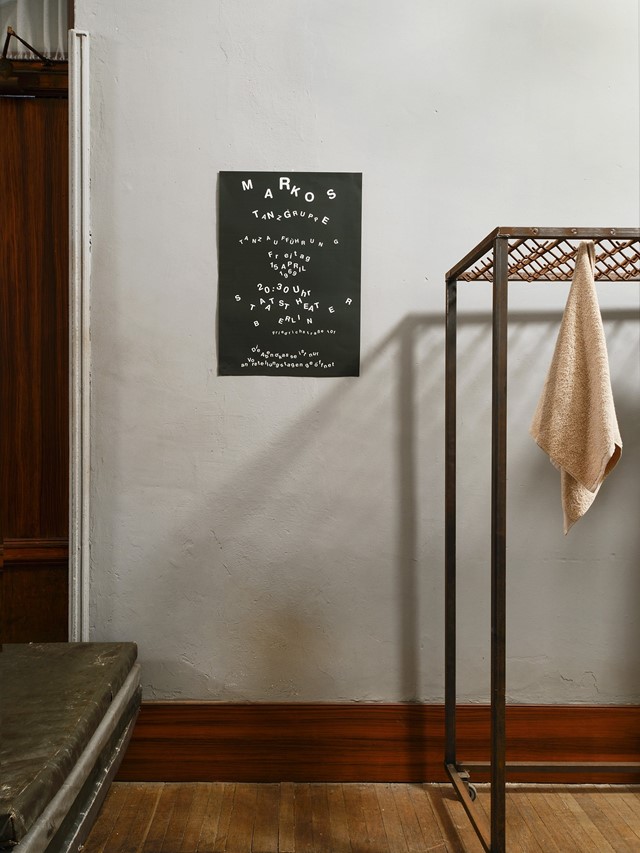
Suspiria is in cinemas nationwide from November 16, 2018.
